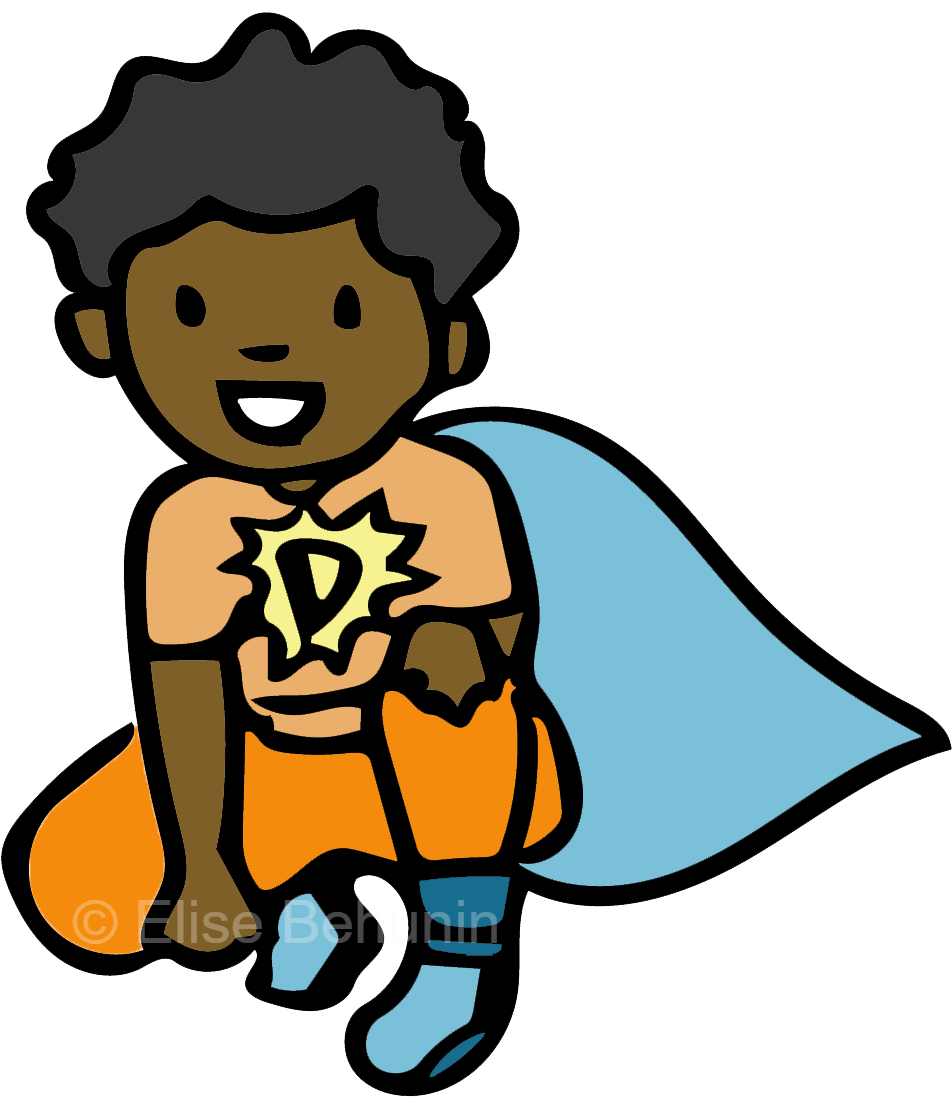Why was Vivaldi stuck outside?Because he couldn't find the right key!!!
This is a joke from my violin book primer Super Strings! At the end of every chapter there's a homework page, and on every homework page there's a fun joke--I find that this encourages children to look at their homework page throughout the week. :)
In my last post I wrote about the teaching strategies for rhythms and violin strings names that I use in Super Strings! Today, I thought I'd explore some of the ideas behind bowing and fingering that I use in the book. So again, my goal throughout the violin book to keep young minds active and learning. Bowing correctly is tricky and can be very frustrating for beginners. When kids get frustrated bowing, the bows often turn into make-shift swords. At least that's what I've found. For me, one of the best strategies has been to channel these sword-fighting impulses into games that actually help with bowing technique. It's also helpful to begin with some silent bowing activities so that both the parent and student retain their sanity in the first few weeks of bowing.
I like to teach the bow grip with a "bunny" hand shape. This is easy for young students to remember. I also use decorated toilet paper rolls and rubber bands to create a practice bowing tube. This helps students gain the muscle memory for bowing without the inevitable scratchiness of the first-time bower. In one activity that I like to do with my students I call out a string name and have them "bow" it (the toilet paper tube will rock back and forth so students can "play" each string). As they bow up and down through their tube I'll play the string for them and help them begin to tune their ears to the pitches of each string.
After we've got the bow hold basically down, I like to play a few games to solidify it. I'll play "peek-a bow" (a game where students spot a bow-grip error), "Vivaldi says" (A Simon says variation), and "pass the cup." You can see in the above illustration that students are basically supposed to pass a cup back and forth using their bows--the key to this game is that they have to hold the bow correctly while doing so. This game really curtails sword-wacking impulses while also teaching bow control.
Another way to keep students engaged is through games and activities. In the activity "Program your practice" above, students use the binary code to spell short words or their names. The zeros and ones translate into open strings and first finger notes. I've had students who love this so much that they never want to move on from their first finger!
0 Comments
In the violin world, my primer is a collection what you call "pre-twinkle" exercises. While an older student may learn to play "Twinkle, Twinkle, Little Star" within the first few lessons, there are quite a few violin and musical skills that a child needs in order to be able to play this violin standard. For younger musicians I find that it's better to isolate these skills and master them one at a time. I've organized the lessons in my primer to do this. The focus in Super Strings! is helping students to develop their violin SUPER powers-- a.k.a. musical skills.
In this violin book I've chosen to use word associations to teach rhythm. I remember when I was taking piano lessons my teacher told me to use the word "raspberry" to count triplets. Later, when I was learning to play triplets and duplets, she said to piece those rhythms together with the phrase "nice cup of tea." The word associations were so intuitive that I still remember them. In my violin primer I wanted to be able to tell stories with a cast of characters, so this is what I came up with:
Using these characters I was able to tell a story with pictures and notes.
My students have absolutely loved using flash cards to create their own rhythmic combinations. And then, once we reach their repertoire pieces I'm able to use words to remind them of their rhythmic combinations.
Another important thing to consider when teaching very young students is the "wiggle factor." Young children just have a hard time sitting still for very long. BUT if you're able to focus and channel and this wiggle energy in your lessons, then both you and the student have won! One of the ideas I came up with to teach the open strings allows kids to move during the lesson, while also learning.
Each of these super musicians represents an open strings. I wanted their body position to represent the pitches, so the lowest pitch is sitting down and the highest pitch is reaching his arms up into the air. My students have loved striking these super musician poses, and the kinesthetic connection to the notes works wonders in helping them remember which string is which.
In my next post I'll discuss some of the review and fingering techniques that the the violin book teaches young musicians. Check back in a few days! Or learn even more about the violin book at SuperStringsMethod.com |
AuthorSinger, writer, mother, yogi, wife and chocolate enthusiast. Archives
January 2022
Categories |




















 RSS Feed
RSS Feed